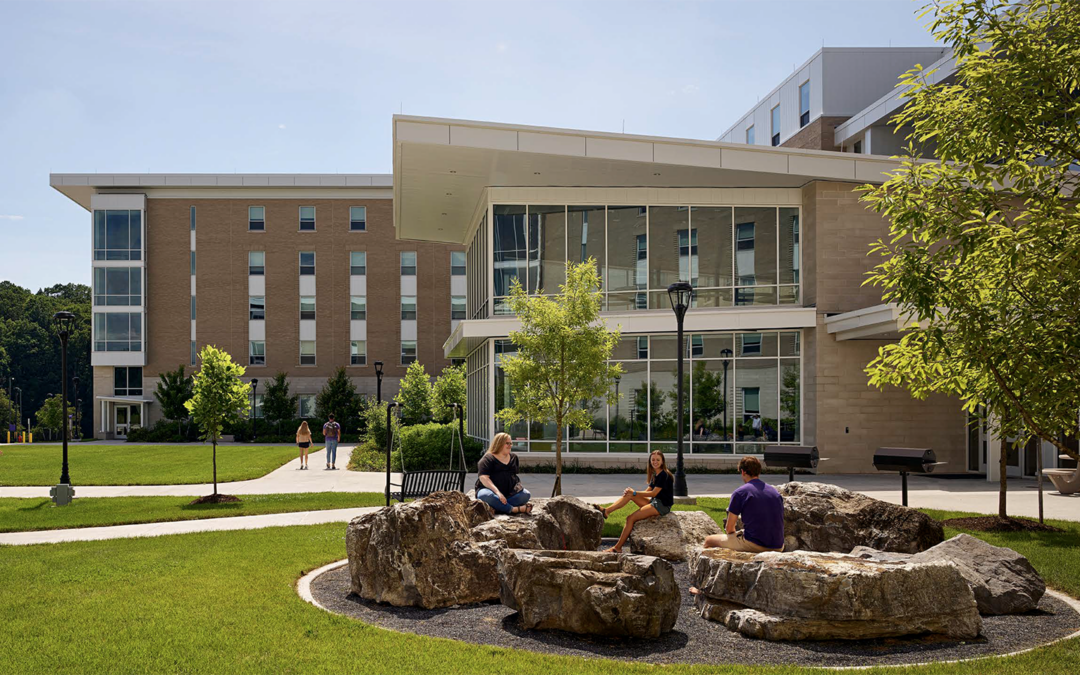
David Lehrer December 18, 2023
The 2023 Livable Buildings Award has been awarded to VMDO Architects for their Paul Jennings Residence Hall, a 500-bed student housing facility at James Madison University completed in 2019. This project is the first residential building to be recognized by this award program, held annually since 2007. The awards also recognized the Bay Area Offices for SERA Architects with an honorable mention. SERA designed a full-floor office in a historic building in downtown Oakland, Calif., with a focus on creating a flexible and healthy workspace.
More
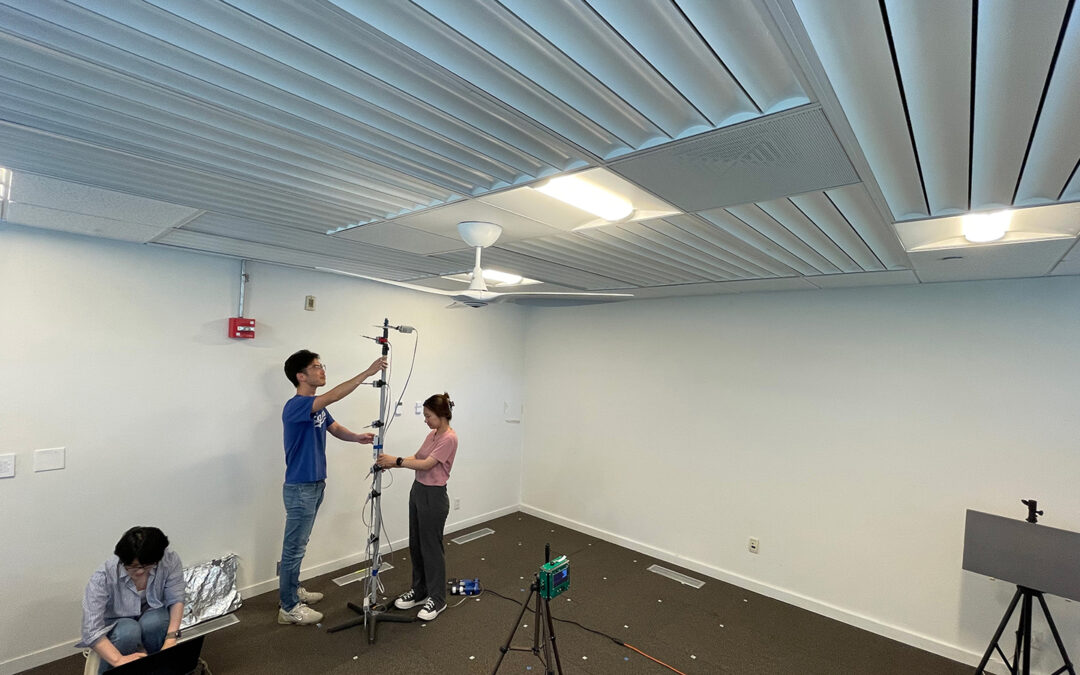
David Lehrer November 6, 2023
CBE’s controlled environment chamber has been used for research leading to hundreds of journal papers, including keystone work related to human response, indoor environments and mechanical systems in buildings and automobile cabins. A major renovation was completed this fall, updating obsolete systems and failing equipment that was hindering important research operations. This milestone was celebrated in a ribbon cutting ceremony and happy hour before CBE’s fall Industry Advisory Board meeting. In this post we acknowledge the recent contributors, and discuss past work and future directions.
More

David Lehrer July 25, 2023
In this Centerline we introduce two rising stars from CBE’s research team, Akihisa (Aki) Nomoto and Matt Roberts, the most recent postdoctoral scholars to join our center. Aki’s work reinforces CBE’s leadership on thermal comfort in complex environments based on human physiology. Matt brings to CBE extensive expertise in life-cycle assessment (LCA) methods, and will initially focus on the embodied carbon impacts of MEP systems.
More
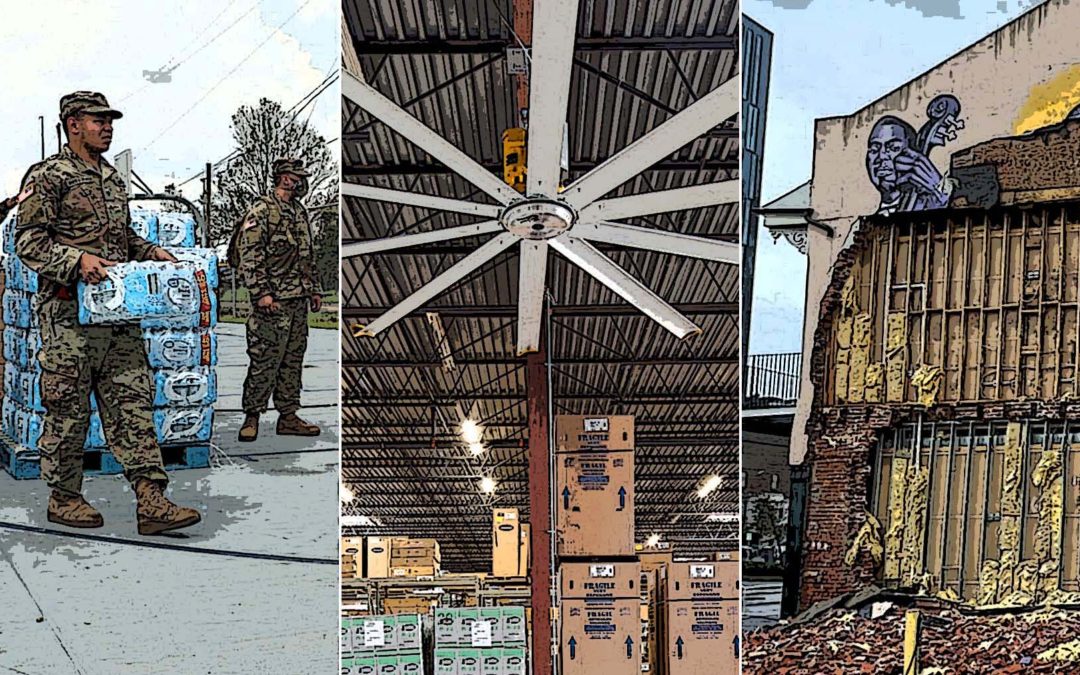
David Lehrer November 17, 2021
Hurricanes, wildfires, and floods produce dramatic images of destruction, but heatwaves cause more deaths in the U.S. each year. Research and new tools help us understand how fans can provide resiliency during extreme heat events. Fans may use 10 to 100 times less energy than air conditioning, reducing the impact on power grids during these events.
More
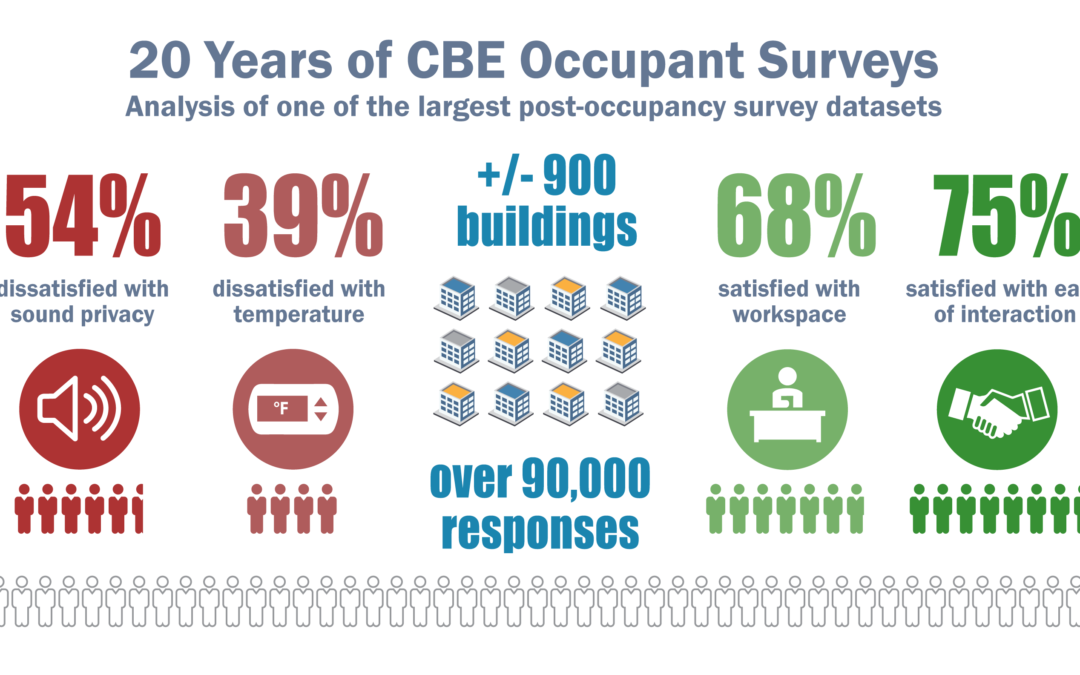
Lindsay T. Graham March 16, 2021
Occupant surveys provide valuable insights into how well a building is performing. Historically these surveys focus on comfort and satisfaction. However, as our attention shifts to occupant health and wellbeing, we wonder whether our tools are measuring all we need them to. In a recent paper, we look at the CBE Occupant Survey tool and its database to evaluate its measurement and benchmarking properties, while also identifying new enhancements intended to support the creation of spaces that truly benefit those who use them.
More

David Lehrer May 20, 2020
CBE researchers are part of a research program on “Resilient Cooling for Buildings,” supported by an international association of governments, industry and researchers. The main objective is to support the rapid adoption of resilient, low-energy and low-carbon cooling systems for buildings. This work will also serve to help cities and communities better contend with climate-based and demand-based power outages.
More
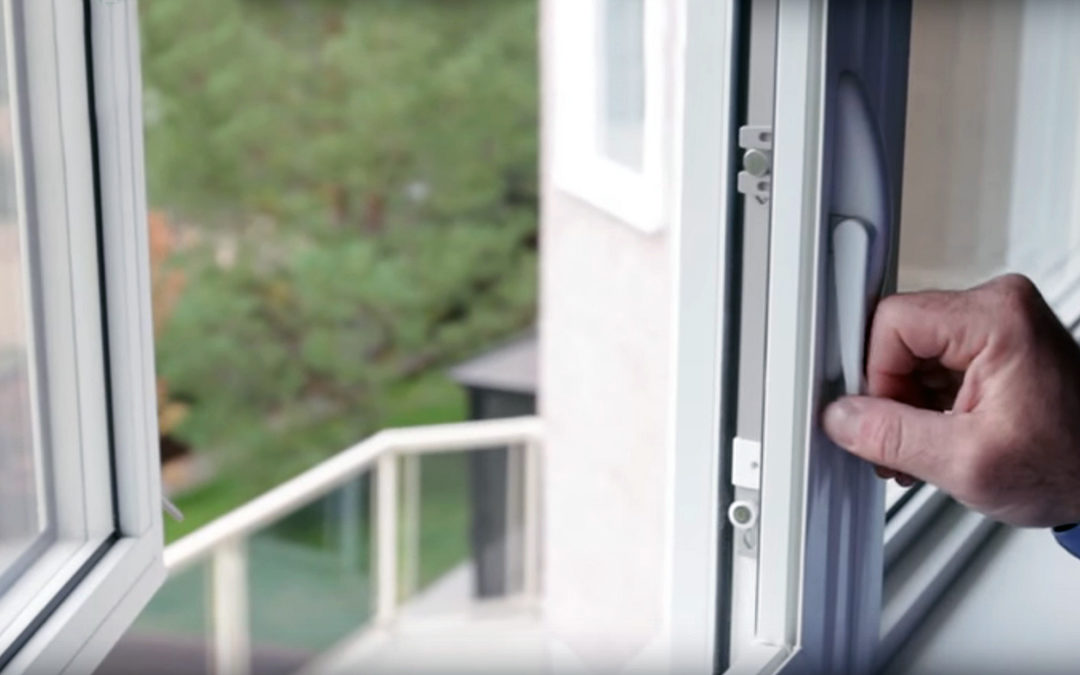
Gail Brager and Tom Parkinson April 15, 2020
Using an extensive trove of thermal comfort research data, CBE’s research team recently published a set of ‘nudges’ to the existing adaptive comfort standards to improve comfort in commercial buildings while potentially reducing energy use. This work updates the landmark study from 1998 by Gail Brager and Richard de Dear on the Adaptive Comfort Model (ACM), which demonstrated that people in naturally ventilated buildings were more comfortable with seasonal temperature variation compared to people in air-conditioned buildings.
More
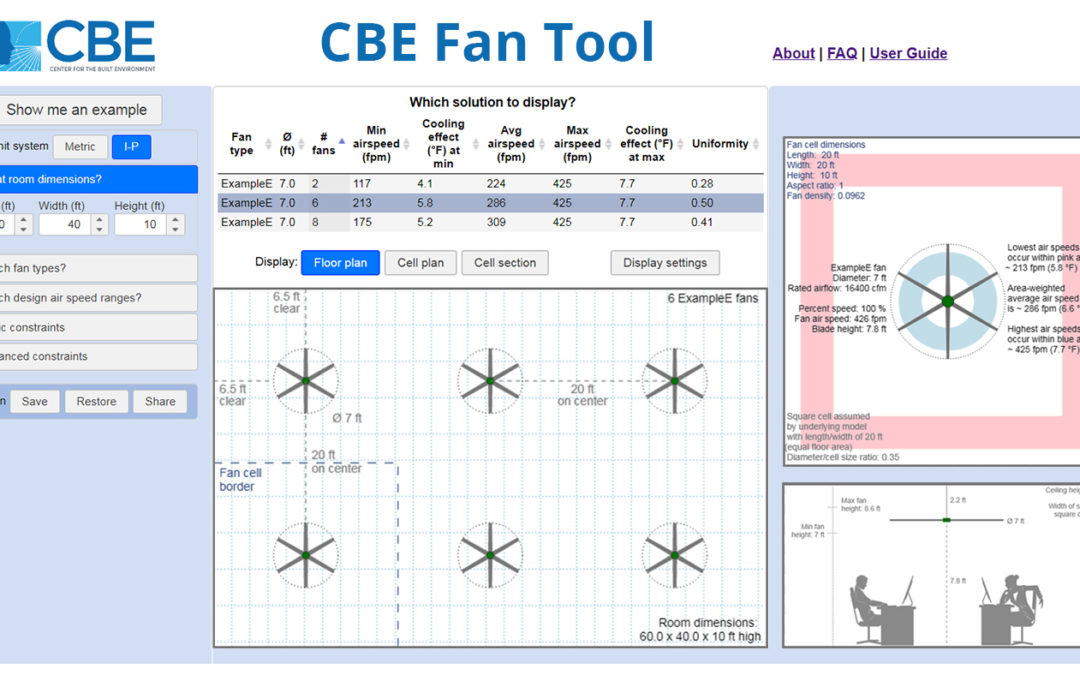
Centerline Team February 13, 2020
CBE recently launched an online tool for designing with ceiling fans, making it easier for designers to create highly energy efficient and comfortable spaces. The tool was created based on years of research that have demonstrated that ceiling fans can keep a person cool while using only a fraction of the energy required by air conditioning.
More
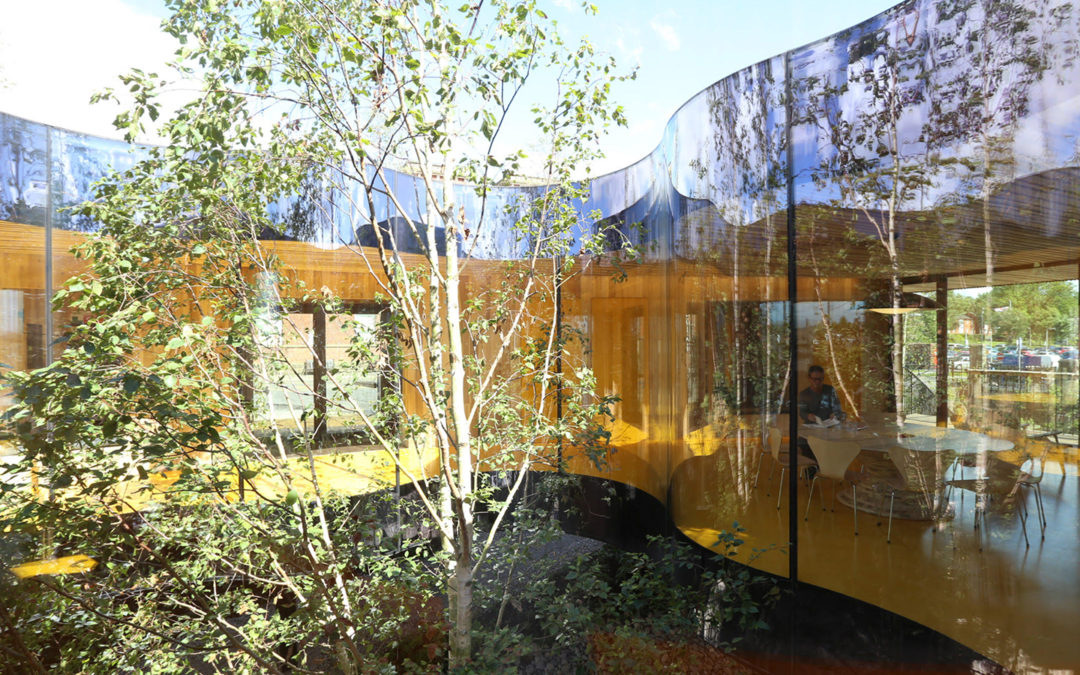
Gail Brager September 12, 2019
Building standards and conventional practice are all about ’reducing the negative‘ — but what if the goal is to ’enhance the positive‘ instead? Aiming to create environments that are not only comfortable and healthy, but are connected to nature, provide a sense of place, and are a delight to be in. Designing for experience requires us to embrace a broader view of experiential aesthetics, going beyond the primacy of vision to recognize broader sensual qualities that contribute to the beauty and memorability of space.
More
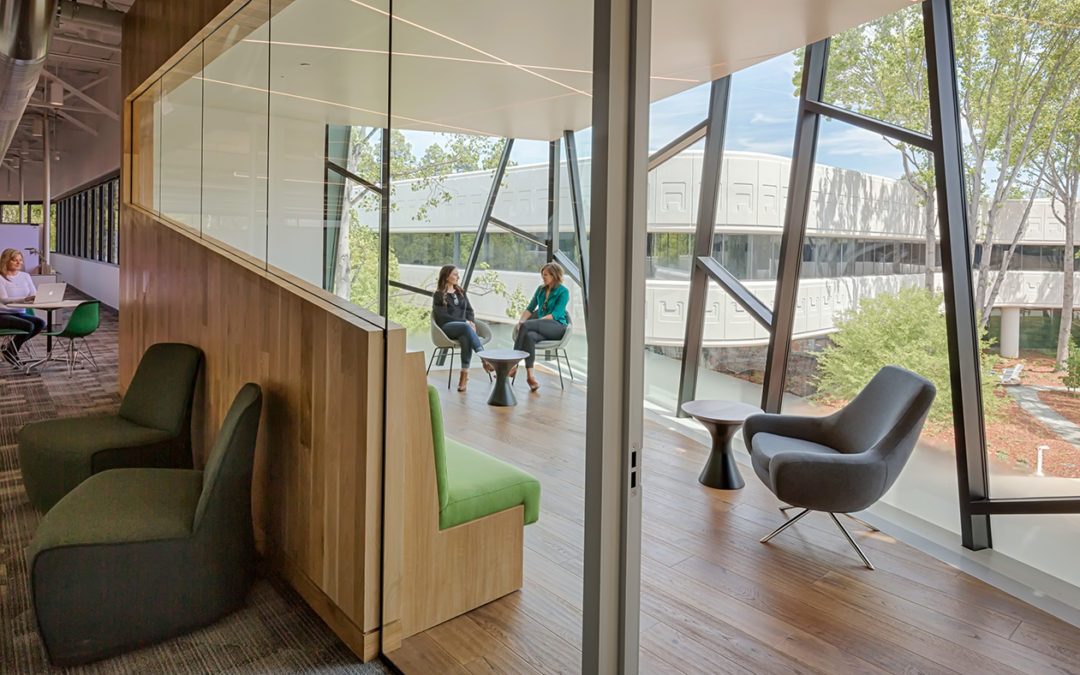
Valerie Green August 12, 2019
Biophilia — humans’ innate love of nature — is an idea that has inspired wide-ranging research on the benefits of human connection with nature. So how do we translate this wealth of research knowledge into making buildings that capture the benefits of nature? CBE and SERA Architects are jointly developing a biophilia option for CBE’s occupant survey to evaluate the impact of biophilic features in existing workspaces.
More










